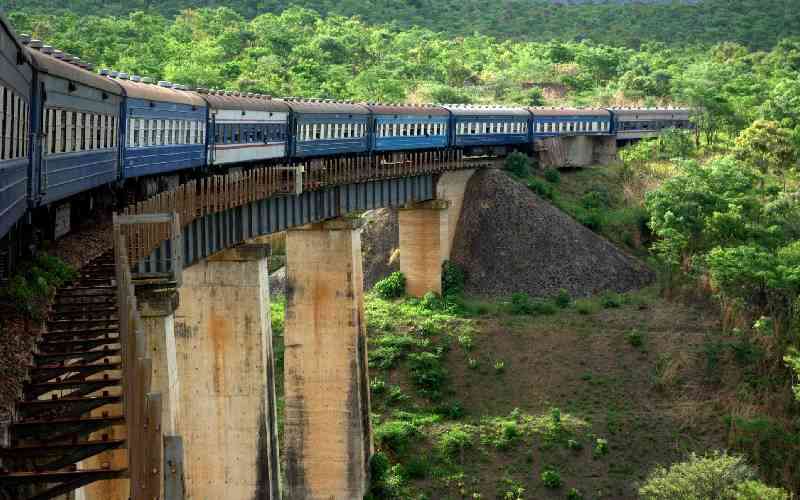×
The Standard e-Paper
Informed Minds Prefer The Standard

Half a century ago, the Tanzania-Zambia Railway (Tazara) stood out as a crucial symbol of Africa's struggle for independence. The 1,860km-long railway connects Kapiri Mposhi in Zambia with Dar es Salaam at the Indian Ocean.
Tazara's construction between 1970 and 1975, and inauguration in 1976, were steeped in anti-imperialist narratives that emphasised Sino-African solidarity.